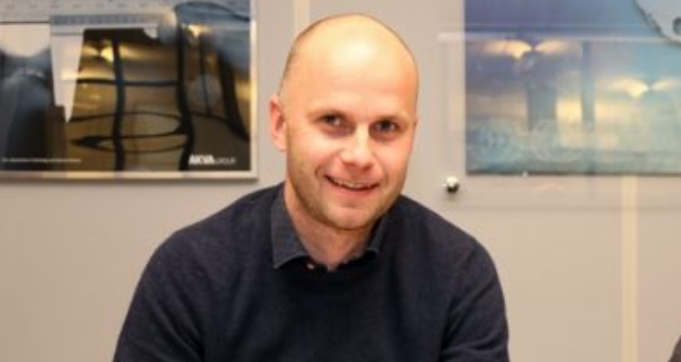Total capacity of 31,900 tonnes on the horizon.
In a press release, Arctic Fish writes that an environmental assessment for Arctic Fish‘s planned fish farming in Ísafjarðardjúp, up to maximum biomass of 10,100 tonnes, has now been completed.
Work on the environmental assessment and preparation of the site started almost a decade ago. In addition, the advertising period for additional farming licenses for Arctic Fish, up to a maximum of 10,000 tonnes of biomass in Dýrafjörður, is coming to an end. Should the issuance of farming licenses go ahead, a significant increase in the company’s farming is expected in the northern Westfjords.
Extra tonnes
“So including the already existing licenses of 17,100 tonnes with the additional expected licenses pending of 14 800 tonnes, a total expected license capacity of 31,900 tonnes is expected ahead,” said CEO Arctic Fish CEO Stein Ove Tveiten to SalmonBusiness.
“In addition to this we have a pending license application in Arnarfjordur of 4000 tones with are also in the final stages,” he added.
“Our pending licence application is as mentioned in Dyrafjordur with is an extension of 6000 tones of an already exciting 4,000 tonnes, in total 10,000 tones. In Isajordurdjup, an application of 10,100 tones is heading into the final stage. We already have an exciting 5,300 tonnes trout licenses which then will be converted to the mentioned 10,100 tones licenses, combined trout and salmon,” said Tveiten.
Arctic Fish, which is owned 50 per-cent by Norway Royal Salmon (NRS), already has fish farms in several places in the Westfjords and the company’s headquarters are located in the town of Ísafjörður. The company has focused on environmentally friendly and certified fish farming and has built a hatchery in Tálknafjörður, located inside the Westfjord‘s biggest buildings. The land-based facilty is based on a recirculating aquaculture systems (RAS) which is one of a kind in Iceland, using geothermal water and green electricity. The grow-out in sea takes place at the company’s farms in Tálknafjörður, Patreksfjörður, Önundarfjörður and Dýrafjörður.

2023
The first harvest from Ísafjarðardjúp is planned for 2023 and in the next few weeks, Arctic Fish is expecting the first organic roe from Benchmark Iceland (Stofnfiskur). The first output of organic certified smolt is intended for release in the summer of 2022 and will become part of the new area‘s harvest.
“We are selling the fish through Seaborn, which then is our biggest customer, who are branding the fish under the Iceborn brand. Market targeting will be, and are, in close dialogue with Seaborn,” he told SB.
Superchilling
Looking ahead, Ove Tveiten said he was optimistic about the future despite low prices. “We expect that the market will still be influenced by the COVID situation but an improvement ahead is expected, especially from 2H 2021”.
“We see that the fish from us and the fish from Iceland, in general, has a very good quality also in relation to the superchilling which is an important extra factor due to quality. We received good feedback on the quality of the fish and that the conditions in Iceland are favorable for the quality,” he concluded.

